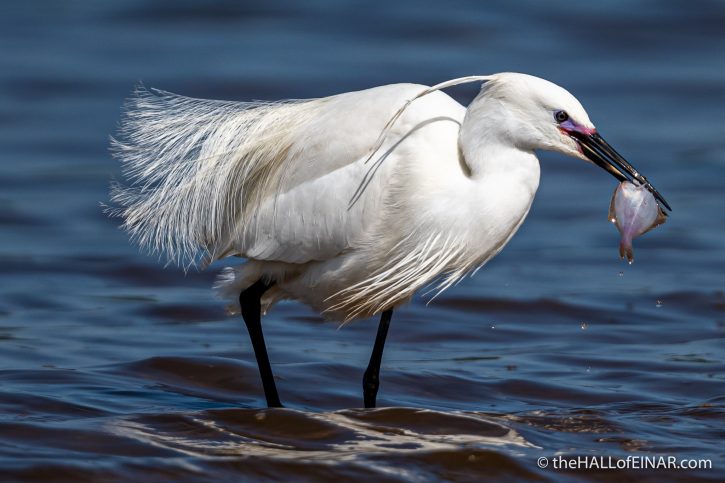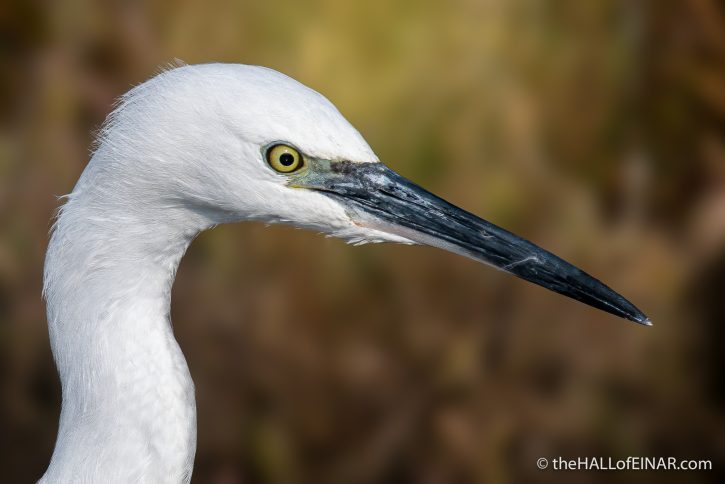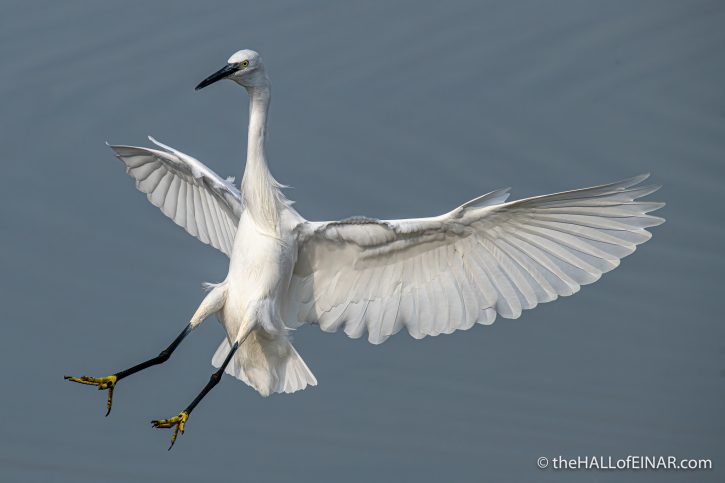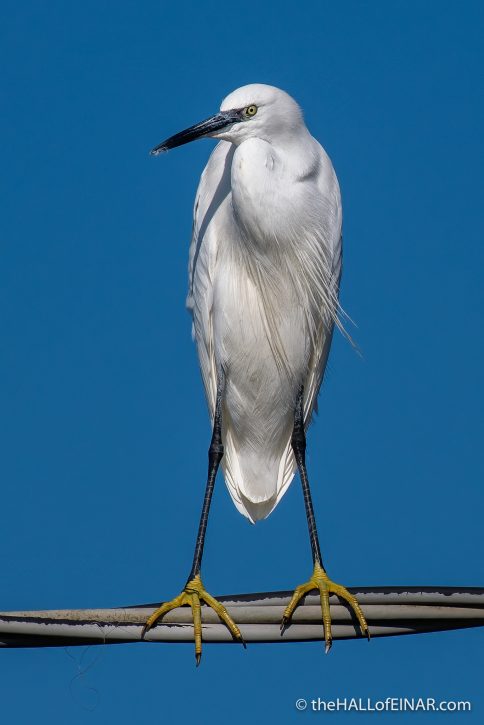The big story of the Little Egret
Little Egrets are beautiful snow-white herons. They love rivers and ponds. People are led to believe that Little Egrets are recent arrivals in the UK. They were rare visitors from France in the 1950s until they appeared in the UK in significant numbers in 1989 and first bred here in 1996. Now, they can be seen frequently on the Rivers Lemon and Teign.

Little Egrets were once common birds in Great Britain, but became extinct here through a combination of hunting and climate change. Just how common they used to be is shown by the food served at the banquet for the enthronement of George Neville as Archbishop of York in 1465, which included 1,000 egrets, among numerous other birds. There must have been a sizeable population of them in northern England at the time. Little Egrets are also listed on the menu of the coronation feast of King Henry VI in 1429.

By the mid-16th Century, Little Egrets had become scarce, meaning William Gowreley, the ‘yeoman purveyor to the King’s mouth’, had to send further south for more Egrets. In 1804 Thomas Bewick commented that if it was the Little Egret in Neville’s feast, “No wonder this species has become nearly extinct in this country!”

The feathers of Egrets spawned a massive international trade. In the first three months of 1885, 750,000 egret skins were imported and sold in London, while in 1887 one London dealer sold 2 million egret skins. Their purpose? The decoration of ladies’ hats. In 1889, sickened by the slaughter of birds for feathers, Emily Williamson started the Society for the Protection of Birds to campaign for change. She helped bring about the 1921 Plumage (Prohibition) Act and the founding the RSPB.

We have a lot to thank Little Egrets for.